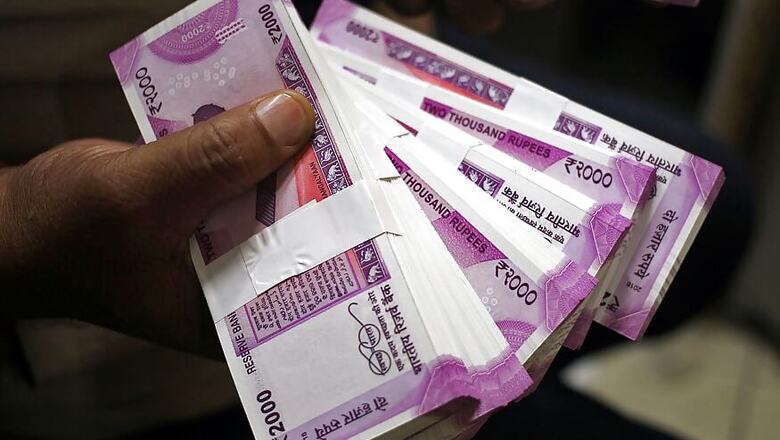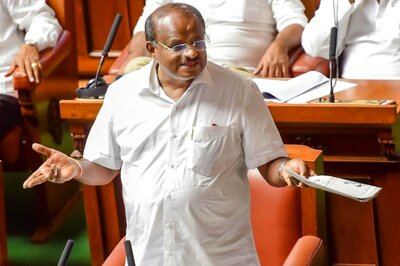
views
New Delhi: While fiscal deficit is a concern as Arun Jaitley presents the first Union Budget post implementation of the goods and services tax (GST) bill, unused cess is likely to be the booster for the Narendra Modi government to provide headroom for a populist Budget.
A warning over the use of these special taxes comes over the last decade, with at least Rs 1.3 lakh crore ($26 billion), or 41%, of cess collected but not used, according to a Comptroller Auditor General of India (CAG) report.
A cess is a tax that does not need a new law or act–and parliamentary approval–and is included in the Finance Act, meaning, through the Budget.
Finance Minister Arun Jaitley doubled the clean environment cess—also known as coal cess—from Rs 200 per tonne to Rs 400 per tonne of coal, lignite and peat.
Less than half the cess collected—Rs 39,000 crore ($7.8 billion) from Rs 66,000 crore ($13.2 billion) between 2002-03 and 2014-15—to enhance communication services in rural regions was utilised.
As for the secondary and higher education cess, despite collecting Rs 64,000 crore ($13 billion) over the decade ending 2014-15, no special fund was created, and it isn’t clear how the money was used.
Over the last two decades, no more than 41% of Rs 3.1 lakh crore ($62 billion) collected through four cess was used, according to the Comptroller and Auditor General (CAG), the auditor of the government.
The CAG recently critiqued the central government—the Congress-led United Progressive Alliance (UPA), as well as the Bharatiya Janata Party-led National Democratic Alliance (NDA)—for under-utilising cess collected over the last two decades.
Of Rs 5,700 crore ($1.14 billion) collected as research and development cess, Rs 1,228 crore ($246 million), or 21%, was utilised over 18 years, from 1996-97 to 2014-15. “The possibility of the diversion of funds for purposes not mandated under the Finance Act cannot be ruled out,” the CAG report said.
The Rs 1.65-lakh-crore cess-collection is an increase of 22% from 2015-16 and double the cess collection of Rs 83,000 crore ($12.7 billion) in 2014-15, according to an IndiaSpend analysis of budget data.
India’s tax revenue is expected to increase 8.7%, from Rs 18 lakh crore ($277 billion) in 2015-16 to Rs 19.6 lakh crore ($301 billion, Budget estimate) in 2016-17; so cess collection will likely grow faster.
While cesses for roads and sanitation have largely worked, those for secondary education, telecommunication, and research and development have not.
A record Rs 73,000 crore ($11.2 billion) was generated in 2015-16 from road cess, an increase of 190% from Rs 25,121 crore ($3.9 billion) in 2014-15.
The estimate of road-cess collection in 2016-17 has increased marginally to Rs 78,000 crore ($12 billion), since there is no prospect of any further decline in global oil prices. The allocation for roads and bridges tripled over this period, from Rs 34,000 crore ($5.2 billion) in 2014-15 to Rs 1 lakh crore ($15.4 billion) in 2016-17 (budget estimate).
As much as 90% of the cess collected for primary education was transferred to Prarambhik Shiksha Kosh (Primary Education Fund), a fund specially created for primary education development. Between 2004-05 and 2014-15, Rs 1.4 lakh crore ($28 billion) from Rs 1.54 lakh crore ($31 billion) collected was used to fund primary education.
The last Budget also increased service tax from 14.5% to 15% on select services by levying 0.5% Krishi Kalyan (farmers’ benefit) Cess, which the government has promised to spend on agriculture.



















Comments
0 comment